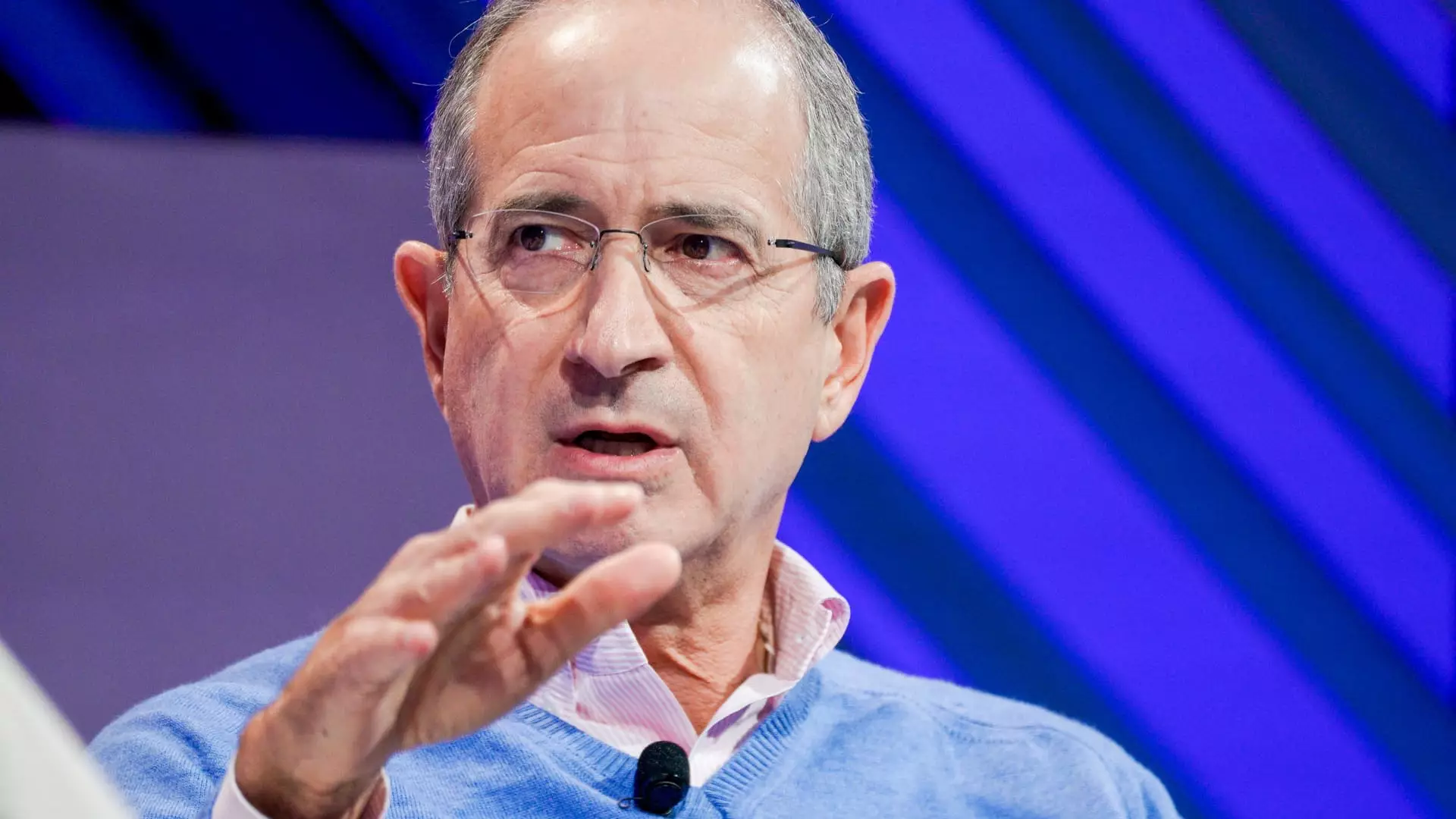In a significant development for Comcast, President Mike Cavanagh revealed intentions to contemplate the separation of the company’s cable networks division during a recent earnings call. While the ultimate goal remains ambiguous, the proposition is particularly noteworthy as Comcast navigates the rapidly evolving media landscape. This move is indicative not only of Comcast’s adaptability but also of the broader trends affecting the cable industry, where traditional models are increasingly challenged by the rise of streaming services.
The impact of changing consumer preferences is strikingly clear. During the third quarter, Comcast experienced a loss of 365,000 cable TV subscribers, contributing to a staggering trend observed across the cable sector. Analyst firm MoffettNathanson reported a collective loss exceeding 4 million traditional pay TV subscribers in the first half of the year, marking a historical shift in viewer habits. The influx of customers turning to streaming platforms for personalized and flexible viewing options reflects a seismic shift in how audiences consume content, thus placing traditional cable networks under immense pressure to innovate.
Despite the toll on cable subscribers, Comcast appears to be proactive in adapting to the streaming wave, primarily bolstering its own service, Peacock. The platform’s viewership received a notable boost during the third quarter, particularly due to its exclusive airing of the Summer Olympics in Paris. Such strategic content acquisition speaks volumes about Comcast’s understanding that exclusive and compelling content is the key to retaining and attracting viewers in today’s media environment.
Cavanagh’s comments regarding the possible separation are not made in isolation; they must be viewed in the context of similar evaluations by competitors. For instance, Warner Bros. Discovery recently acknowledged a substantial write-down of $9.1 billion on its television networks following an asset valuation reassessment. This collective distress signals that the media industry is in a transitional phase that necessitates fresh strategies to bolster profitability.
While Cavanagh did not disclose specific plans regarding potential separations or partnerships during the earnings call, he emphasized an openness to exploring new opportunities, particularly in streaming collaborations. The intricate nature of such partnerships indicates that while the doors for collaboration are open, the pathway to realization is yet to be defined. The complexity of current media dynamics implies that any partnership or structural change will require meticulous planning and consideration to navigate potential pitfalls effectively.
Ultimately, Comcast stands at a crossroads, being both challenged by the shifting tides of viewership and presented with opportunities for innovation. As they explore possible structural adjustments to their cable networks and consider partnerships in the streaming arena, one thing is clear: Comcast’s ability to pivot and respond to market demands will be crucial for its sustained relevance within the media industry. The coming months will be pivotal in determining the company’s direction, and stakeholders will keenly await more definitive updates.

